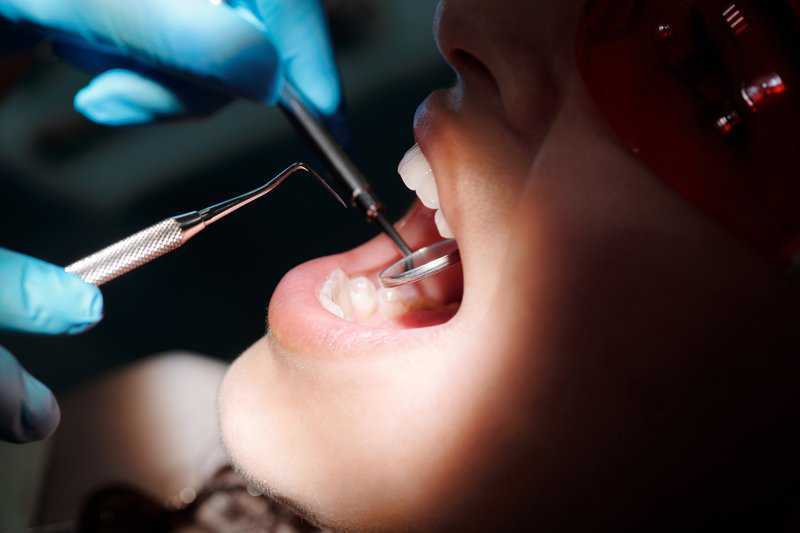Have you ever wondered why, during a dental checkup, your Alexandria dentist pokes your gums and starts calling out seemingly random numbers to their assistant? It might feel like a secret code or a mysterious ritual, but fear not – there’s a method to this madness, and it’s all about your oral health.
The process you’re witnessing is part of a comprehensive dental examination known as periodontal charting. Dentists use this method to assess the health of your gums and teeth, and the numbers they call out hold valuable information about the condition of your oral tissues.
Let’s break it down step by step.
The Poking Process
When your dentist pokes your gums, they are measuring the depth of the spaces, called pockets, between your teeth and gums. This is usually done with a periodontal probe, a small instrument with markings in millimeters. The depth of these pockets is a crucial indicator of your gum health. Healthy gums typically have shallow pockets. However, if you have gum disease, these pockets can become deeper as the supporting structures around your teeth begin to break down. Deeper pockets can harbor bacteria, making it more challenging for you to maintain good oral hygiene and potentially leading to further complications.
Gum Health By The Numbers
Now, about those numbers. When your dentist calls out numbers, they’re referring to the depth of the pockets they’ve measured. Each number represents the depth of the pocket at a specific tooth or location. For instance, if your dentist calls out “3-3-2-4,” they’re indicating that the pockets measured at your first, second, third, and fourth teeth are 3mm, 3mm, 2mm, and 4mm deep, respectively. But what exactly do those numbers mean?
- 1 to 3 Millimeters
Healthy gums usually have pocket depths of 1 to 3 millimeters. This range suggests that the gums are firmly attached to the teeth and provide effective protection against bacteria.
- 4 Millimeters or More
Pockets measuring 4 millimeters or more may indicate the presence of gingivitis or periodontitis. Deeper pockets allow bacteria to accumulate, leading to inflammation and potential damage to the supporting structures.
Understanding these numbers is crucial because they help your dentist identify areas of concern and track changes in your gum health over time. An increase in pocket depth may indicate worsening gum disease, prompting your dentist to recommend additional treatments or adjustments to your oral care routine.
Detecting Gum Disease
Periodontal charting plays a vital role in the early detection of gum disease. Gingivitis, the earliest stage of gum disease, is often reversible with proper oral hygiene. However, if left untreated, it can progress to more severe stages, such as periodontitis, which may lead to tooth loss and other health issues.
By regularly monitoring pocket depths and assessing the overall health of your gums, your dentist in Alexandria can catch potential issues early on and implement appropriate interventions. These may include deep cleaning procedures like scaling and root planing, prescription medications, or, in severe cases, surgical intervention.
The Importance of Routine Checkups
The poking and numbering routine might seem like a small part of your dental visit, but it’s a crucial component of preventive care. Routine dental checkups allow your dentist to track changes in your oral health, provide timely interventions, and offer guidance on maintaining optimal oral hygiene.
The seemingly odd practice of poking your gums and calling out numbers during a dental checkup is, in fact, a systematic and essential method for assessing the health of your gums. Embracing this routine as a proactive measure can contribute to the early detection and effective management of gum disease, ultimately preserving your smile for years to come. So, the next time you find yourself in the dentist’s chair, take comfort in the knowledge that those numbers are helping to keep your oral health in check.
Accepting new patients from Alexandria, Old Town, Del Ray, and nearby areas.

